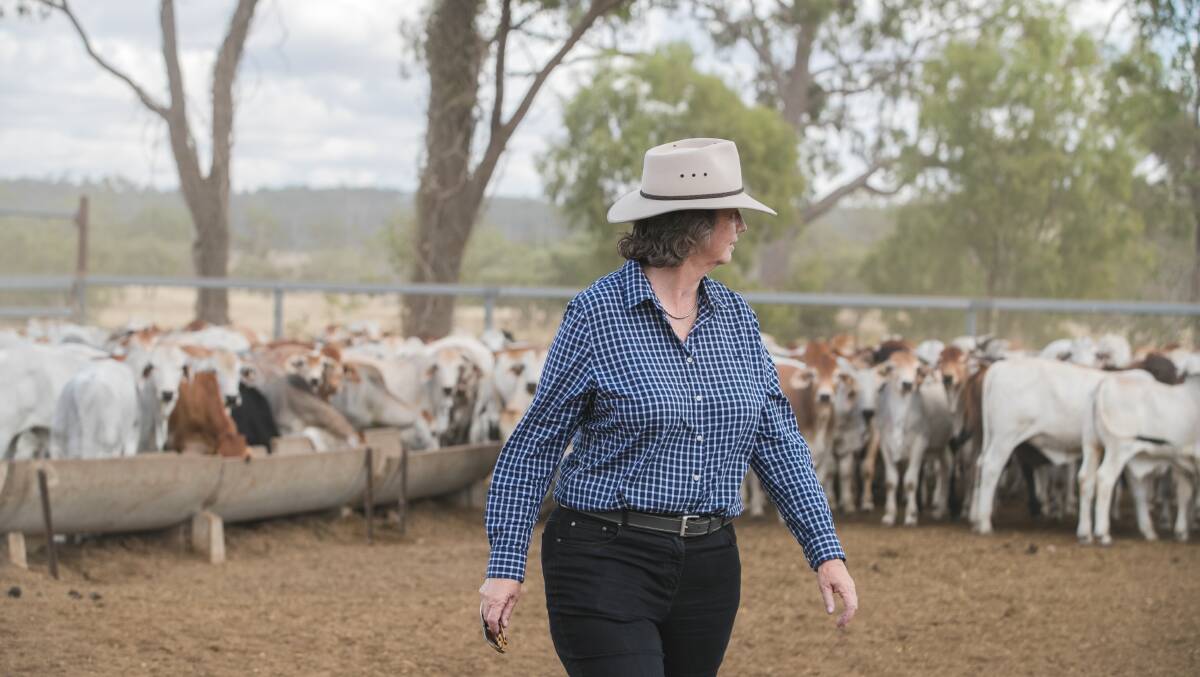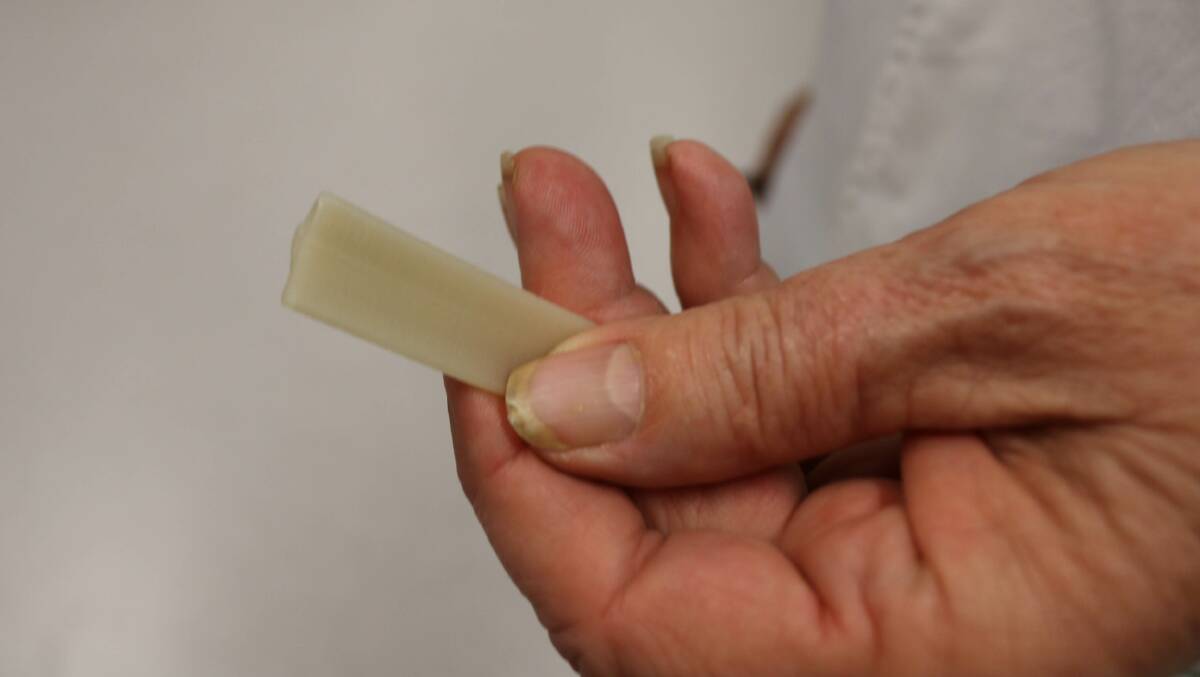
Blue sky research that was trying to find a means of delivering an antidode to pimelea poisoning may have inadvertently discovered a way to help substantially cut methane emissions in cattle.
A collaboration between the University of Queensland and the Department of Agriculture and Fisheries is working to develop a rumen bolus that biodegrades naturally after a few months, which would suit the normal management strategies of northern rangeland cattle producers.
The biopolymer devices, inserted in the stomach of cattle to deliver a slow-release methane gas-reducing bioactive compound, is at the forefront of a $7.5 million project being funded by Meat & Livestock Australia and the MLA Donor Company Limited.
Research lead Professor Mary Fletcher from the Queensland Alliance for Agriculture and Food Innovation said the devices could substantially cut methane emissions and help producers meet the CN30 target to make the meat industry carbon neutral by 2030.
"We want the technology to find a solution that doesn't create a major impost in these extensive pastures where daily dosing is simply not practical," she said.
"We're hoping producers can make it part of their normal six monthly or annual program, so when they bring the animals in for the normal weighing and assessment treatments, this just forms part of the normal cycle.
"The treatment could be administered in the yard before the cattle are returned to pasture without greatly adding to labour involved."
Agriculture Minister Mark Furner said the biotechnology could be a game changer for the beef cattle industry.
"In extensive grazing systems, supplements are normally delivered through licks, with little or no control of intake by individual animals," Mr Furner said.
"The ability to ensure each animal receives a sustained dose of a methane-reducing active agent over an extended timeframe would be a fantastic win for the beef cattle industry, helping it achieve its goal to reduce methane emissions - particularly in cattle grazing extensive pastures."
"If successful, this biopolymer biotechnology could be used to administer other types of treatments to cattle."
Prof Fletcher told a field day in south west Queensland that they had come across the technology's potential when they were experimenting with ways of trickle feeding the pimelea simplexin toxin into cattle rumens, to combat the poisoning from pimelea plants that rears its head after good winter rain.
"We were looking at it for pimelea but realised it could have other uses," she said.
"We had proof that we could put it in the rumen so we were thinking we could use it for methane reduction, dosing with red seaweed, where doses don't compute in the rangelends.
"It was a serendipity result."
The key is the slow-release biopolymer technology, developed in UQ's School of Chemical Engineering in a team led by Professor Bronwyn Laycock.
The biopolymer holding the bioactive compound is used to make a rumen insert - a cylinder-shaped object the length of a human hand.

Cattle will be able to swallow the rumen insert, which will then sit within their stomach to be degraded by bacteria over time, releasing the bioactive compound and leaving no residue.
"They degrade to nothing so the cattle are OK when they go to slaughter," Prof Fletcher said.
She added biopolymers were already used in human medicine for implantable drug delivery systems.
"The rumen of an animal is a completely different environment, but we've proven that the biopolymers can stand up to bacterial activity for a number of months," she said.
In response to field day questions about multi-dosing, Prof Fletcher said there was a limit to how much could be loaded into a biopolymer device.
"I think you'll be able to adjust for different animals," she said.
Department of Agriculture and Fisheries researcher Diane Ouwerkerk will use a fermenter in a laboratory that mimics the conditions in a cow's rumen to test the rate at which the biopolymer cylinders will degrade and release the bioactive compound before a trial is conducted in cattle.
Professor Fletcher said the research team would engage with cattle producers at every stage of the process and were looking for people to be involved to ensure a practical solution for industry.
MLA managing director Jason Strong said the red meat sector had made tremendous strides towards emission reductions.
"MLA will continue to invest in new technologies and techniques to achieve carbon neutrality by the end of the decade, without compromising livestock numbers," Mr Strong said.
"The CN30 strategy works hand-in-hand with industry's vision to double the value of red meat sales as a trusted source of the highest quality protein in the next 10 years.
MORE READING:


